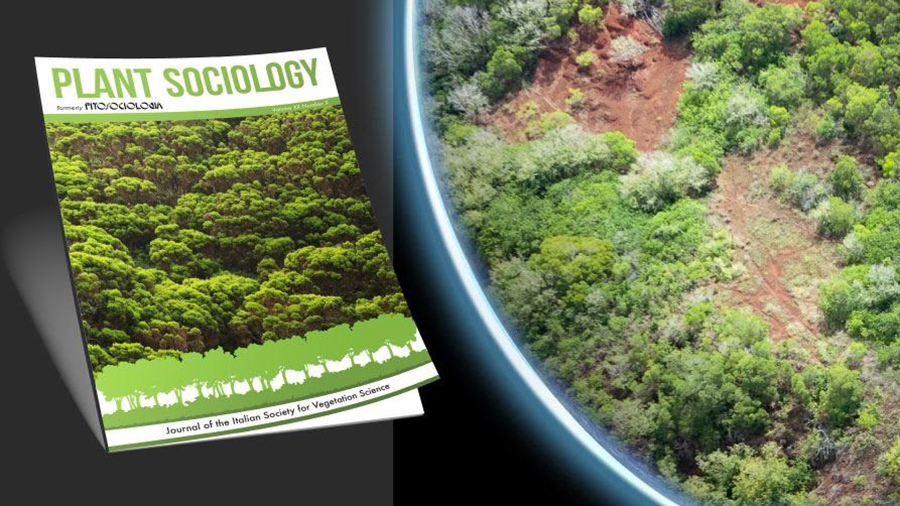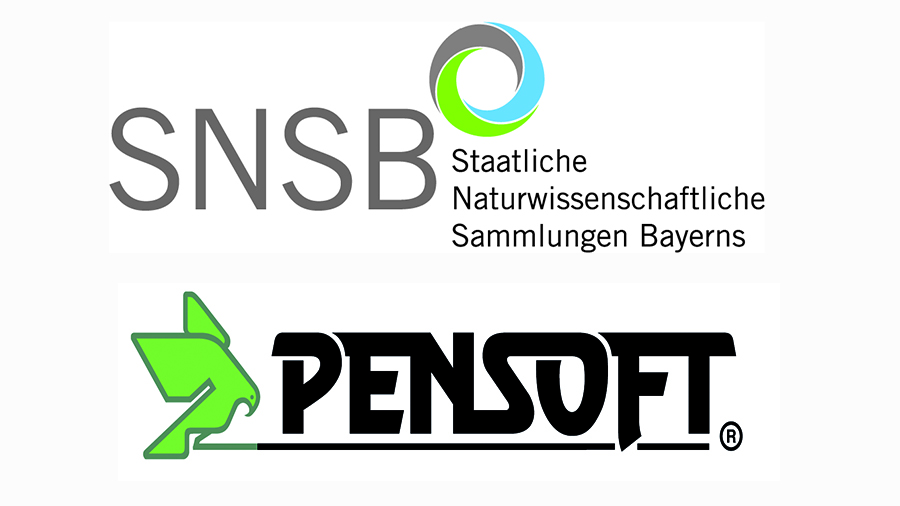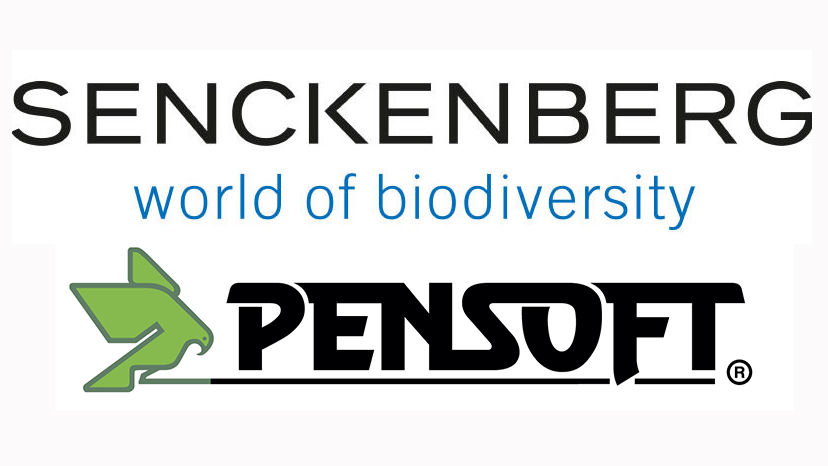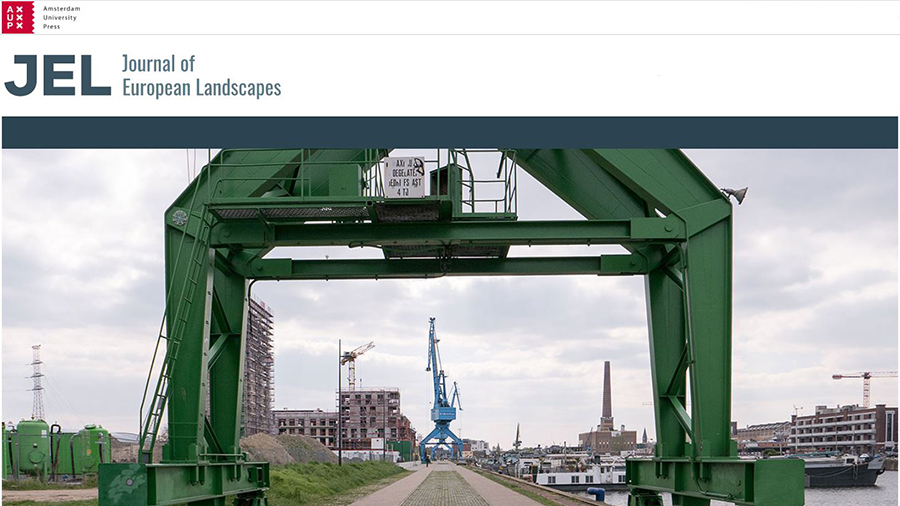The first 2020 issue of the journal by the Academy’s Forest Research Institute is already online on a brand new and user-friendly website
The scholarly publisher and technology provider Pensoft welcomes the open-access, peer-reviewed international journal in forest science concerning the Balkan Peninsula, Central and Southern Europe Silva Balcanica to its self-developed publishing platform ARPHA. Having become the latest addition to the lengthy portfolio of scholarly outlets dedicated to the fields of ecology and biology for Pensoft and ARPHA, Silva Balcanica is now offering a wide range of benefits and services to its readers, authors, reviewers and editors alike.
Having already acquired its own glossy and user-friendly website provided by ARPHA, Silva Balcanica also takes advantage of the platform’s signature fast-track, end-to-end publishing system. In addition, the published content enjoys automated export of data to aggregators, as well as web-service integrations with major global indexing and archiving databases.
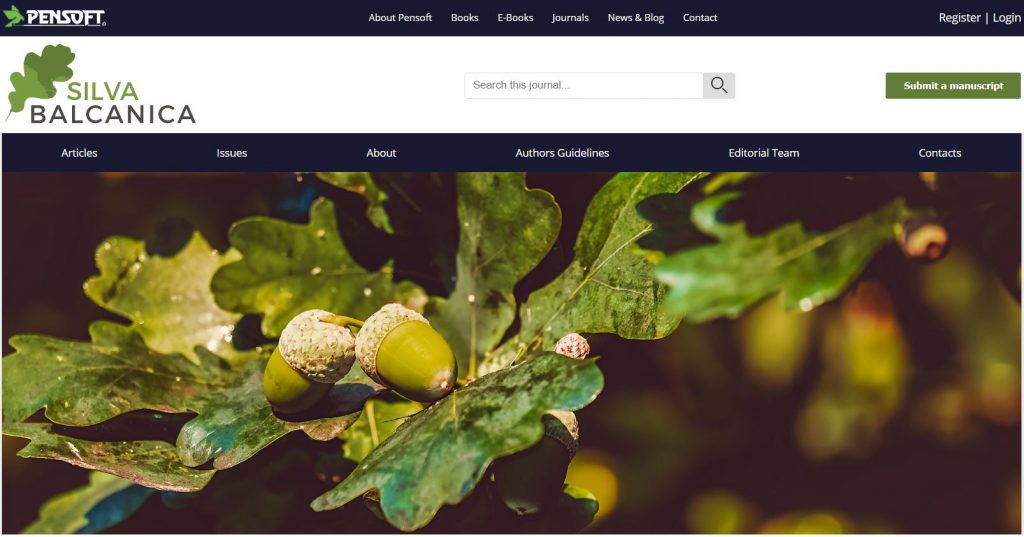
Ever since its inception in 2001, the journal by the Forest Research Institute at the Bulgarian Academy of Sciences (FRI-BAS), has been providing open access to the latest research in all aspects of forest ecosystems and landscapes of the Balkan Peninsula, and also Central and Southern Europe.
Silva Balcanica invites scientific analysis of practical results, as well as investigations, in the forest sciences, including forest ecology; forest soil science; forest genetics, tree breeding and plantation forestry; biometry and sylviculture; forest economy and management; forest entomology and pathology; ecology and management of game fauna, urban forestry and green infrastructure. Constructive critique addressing scientific publications or events in the field of forestry and forest science are also accepted.
In the first 2020 issue of Silva Balcanica, we can find a total of eight research papers, dealing with a range of various topics, including studies on local plant diversity, genetics, application of experimental designs for forestry research, ecosystem services, population dynamics, invasive pathogens and previously unknown populations of forest-dwelling insects. It brings together single-authored research contributions as well as international collaborative projects, with input from authors from Bulgaria, Greece, Northern Macedonia and Italy.
CEO and founder of both Pensoft and ARPHA Platform Prof. Lyubomir Penev comments:
“Silva Balcanica is an important scholarly outlet and also a remarkable example of international cooperation, inspired and maintained by curiosity, care and responsibility towards the unique, but fragile ecosystems this part of Europe hosts. This is why we take pride in having this particular journal joining our portfolio.”
Silva Balcanica’s Editorial Board says:
“The Scientific Council of the Forest Research Institute at the Bulgarian Academy of Sciences decided to begin publishing Silva Balcanica as an international series in 2001 and since 2014, Silva Balcanica has been published as an international journal.
We are honored to have as members of our Editorial Advisory Board eminent European professors and researchers in forestry and related sciences that join our efforts in pursuit of high quality scientific publishing.
We are confident that Silva Balcanica will unite the research of scientists and specialists in forestry from Southeastern, Central and Eastern Europe and beyond, and will help them in the processes of their European integration.”
###
Visit the new website of Silva Balcanica at https://silvabalcanica.pensoft.net.




